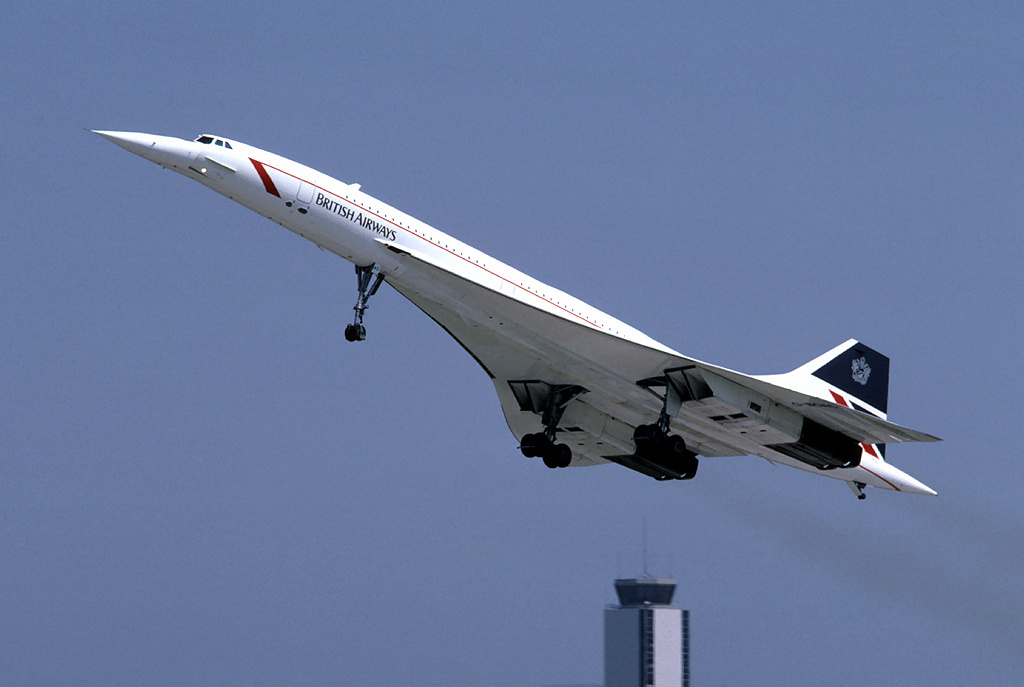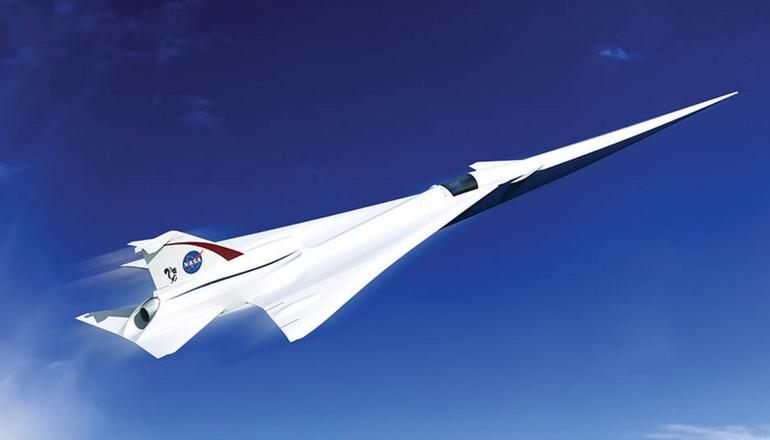NASA plans to resurrect supersonic travel by giving Lockheed Martin $20 million to develop a preliminary design for a “low boom” supersonic passenger airplane that could potentially take you anywhere in the world in six hours or less.
NASA administrator Charles Bolden explained, “NASA is working hard to make flight greener, safer and quieter – all while developing aircraft that travel faster, and building an aviation system that operates more efficiently,” Adding that this preliminary design award is specifically aimed toward passenger flight that could carry 100 people.
A team from Lockheed Martin Aeronautics is given the task to create Quiet Supersonic Technology (QueSST.) The goal is to create an aircraft that can fly at supersonic speeds and create a less noisy, soft thumping “heartbeat” instead of the disruptive boom that currently happens with supersonic flight. Bolden explained that this annoying boom is why supersonic commercial flight is prohibited in the United States.
If everything goes to plan, NASA’s aircraft would travel at about 1,100 mph, as compared to most commercial airliners today traveling at around 600 mph. If supersonic flight sounds familiar, that’s because it is. Supersonic passenger flight has been available in the past with the Concorde airplane (retired in 2003,) but proved to be a large expense as tickets could cost upwards of $9,000. Not to mention, the Concorde was disturbingly loud and this resulted in many noise complaints – something that NASA is trying to avoid with it’s own supersonic jet.
The complete airplane design, funded by NASA and carried out by private firms, could begin flight testing as early as 2020.

Image via NASA

[divider]
Article Written by Mila Medonaite for Design Engine, March 2, 2016


